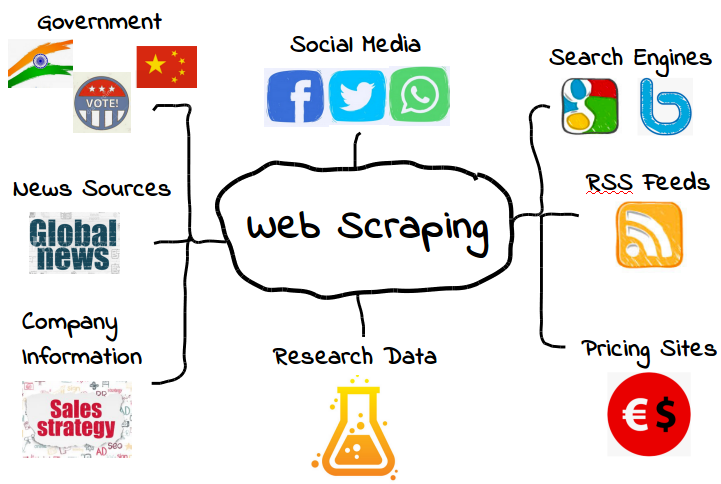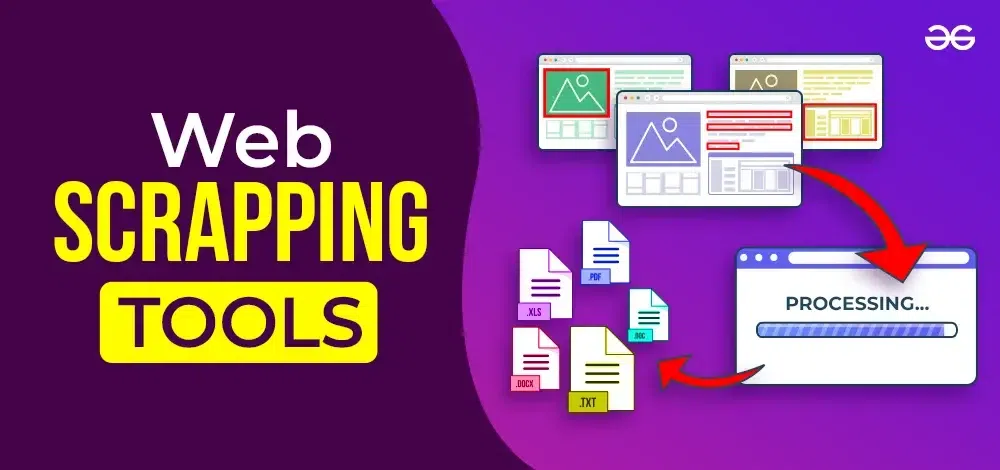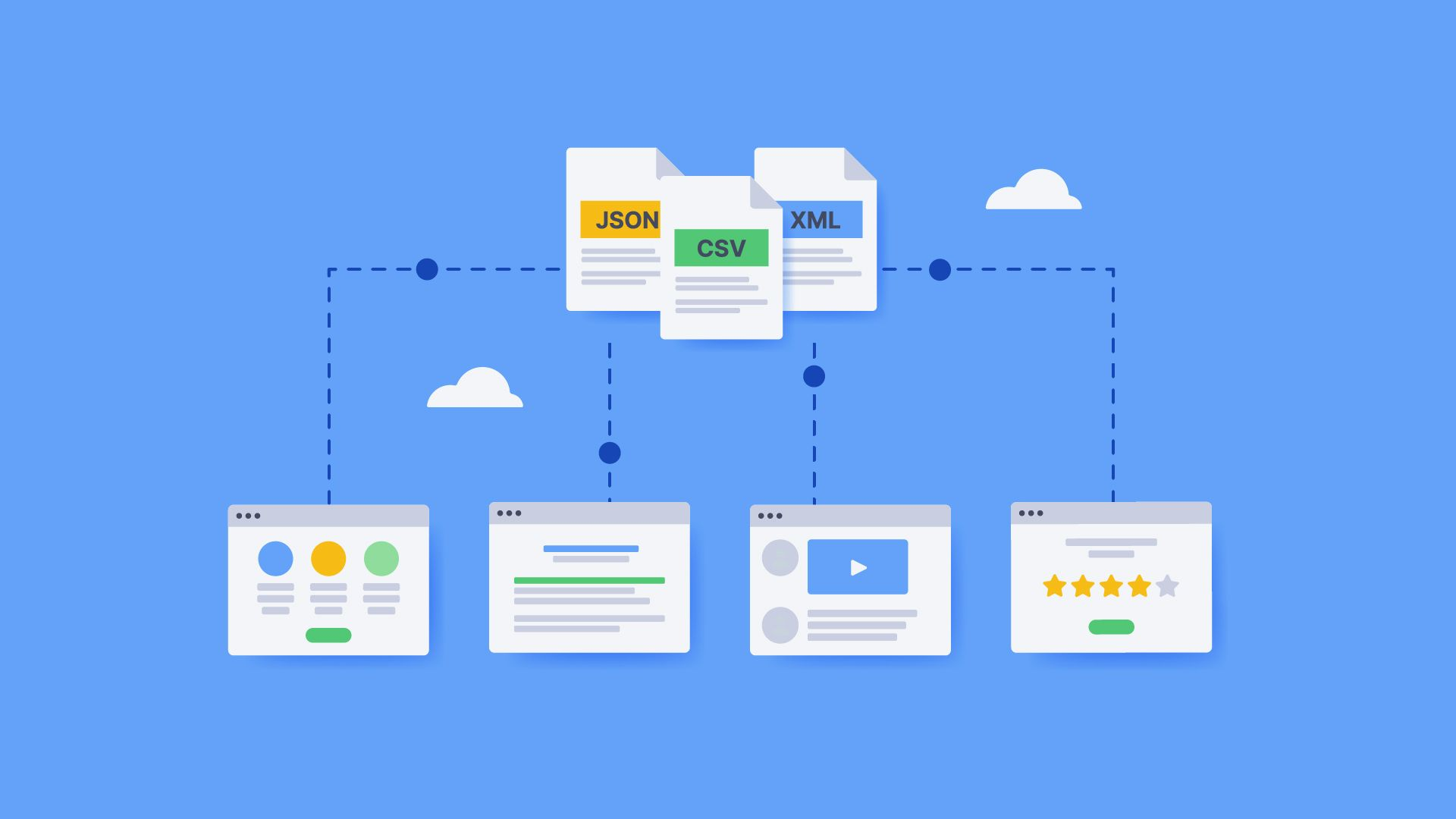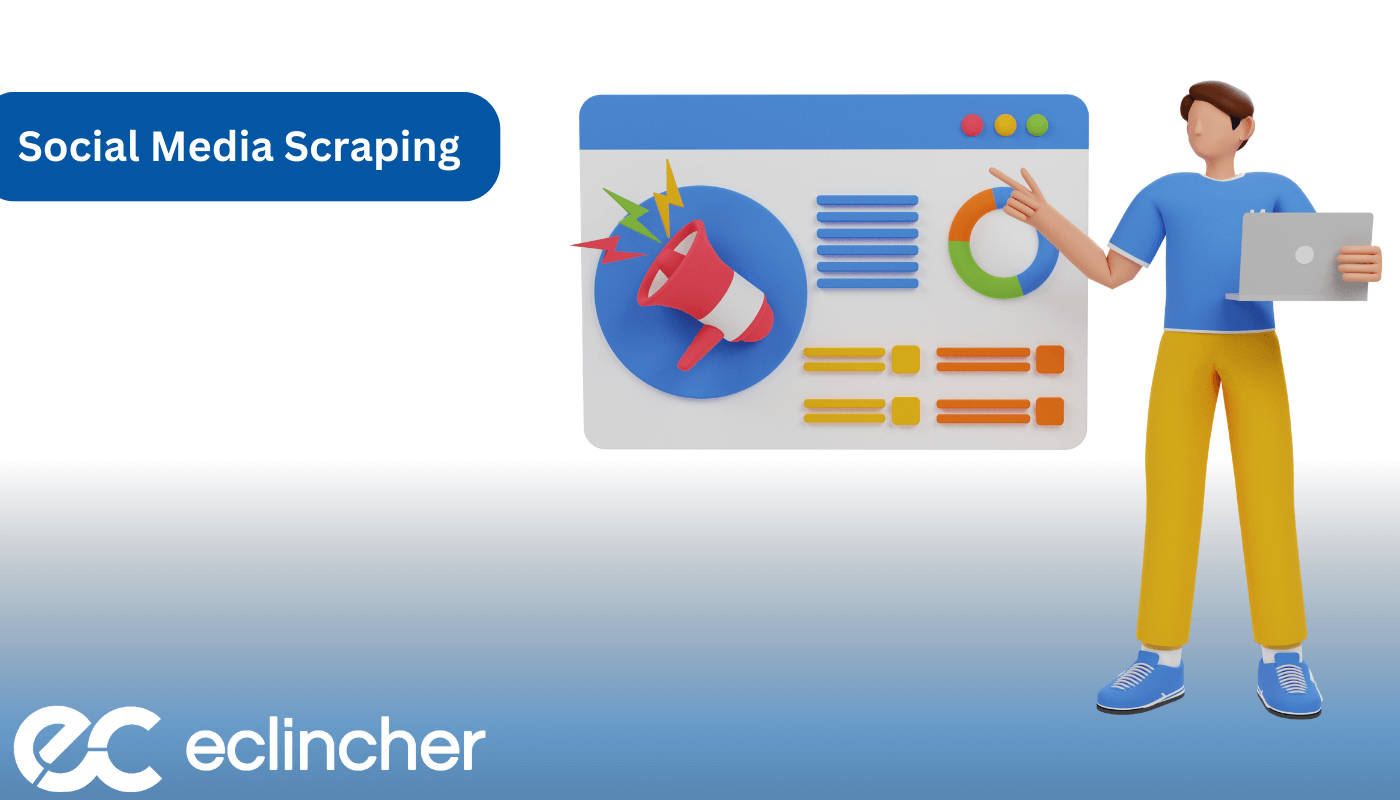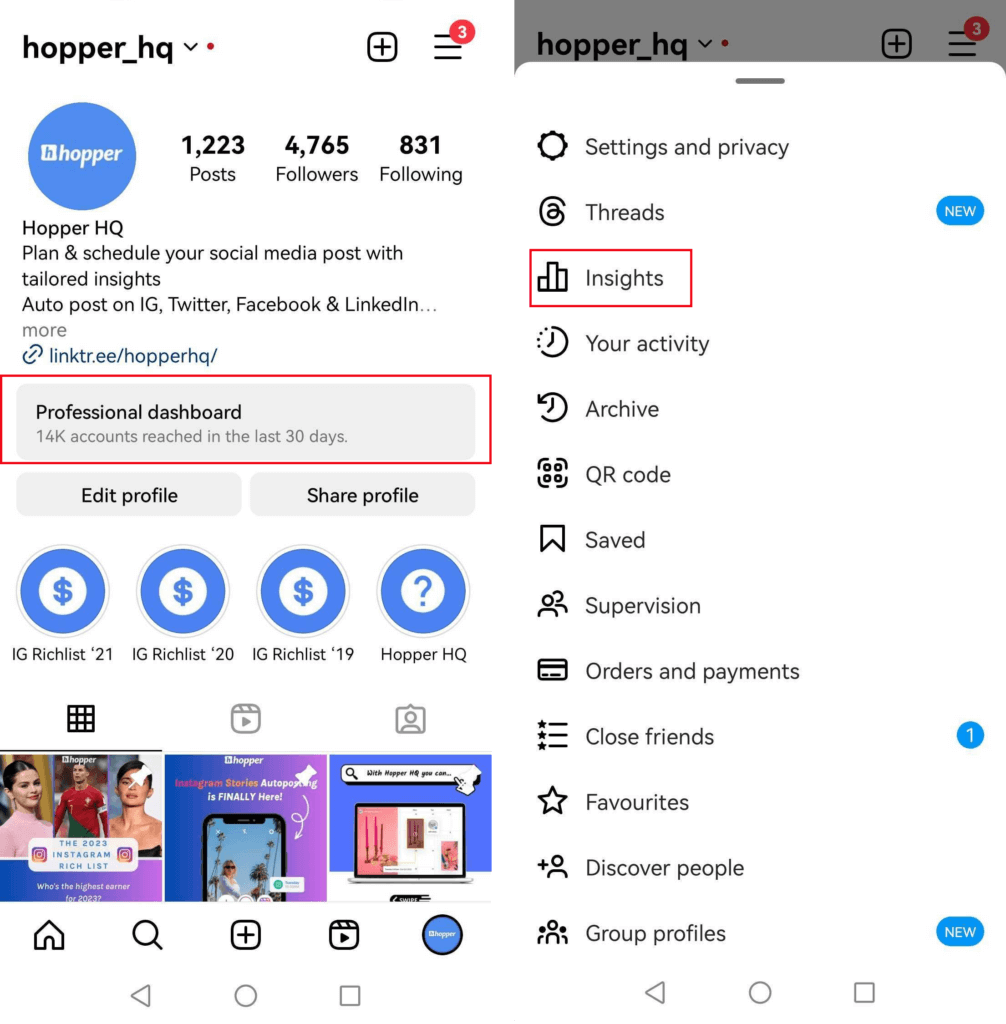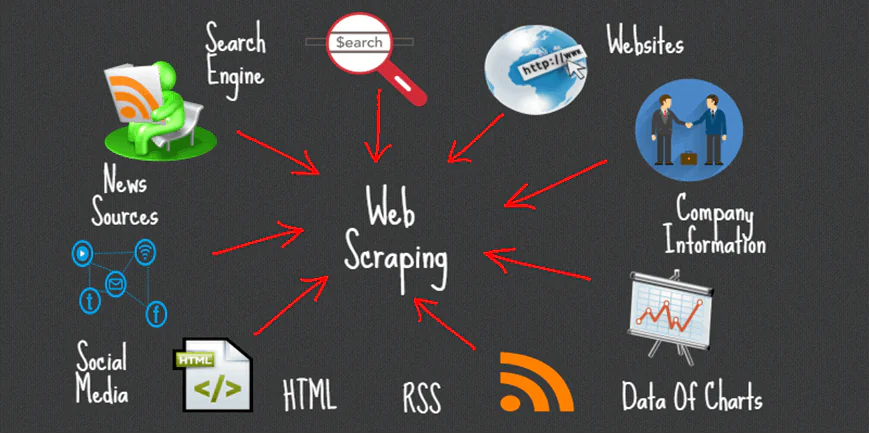Web Scraping

Data has emerged as the lifeblood of successful social media strategies. Businesses, marketers, and researchers rely heavily on insights drawn from social media platforms to make informed decisions, understand audience behaviour, and tailor their content for maximum engagement. However, the traditional methods of data collection, such as using APIs and manual data entry, often come with limitations. APIs may provide limited access and may not cover all the data points needed. Manual data collection, on the other hand, is time-consuming and prone to errors.
This is where web scraping enters the scene as a powerful solution. Web scraping involves automatically extracting data from websites and online sources, providing an efficient way to collect a wealth of information from social media platforms. By automating the process, web scraping enables the extraction of large volumes of data in a relatively short time, offering a competitive edge in understanding trends, sentiments, and user behaviours.
The Importance of Web Scraping for Social Media
Role of data in social media strategies: In the context of social media strategies, data serves as the cornerstone for making informed decisions. By analyzing user interactions, engagement metrics, and content trends, businesses can tailor their marketing efforts to resonate with their target audience, leading to better conversion rates and brand loyalty.
Limitations of APIs and manual data collection: While APIs provide access to certain data, they often come with restrictions in terms of the amount and type of data that can be accessed. This limitation can hinder the depth of analysis needed for comprehensive insights. On the other hand, manual data collection is labour-intensive and prone to errors, making it inefficient for collecting large-scale data for analysis.
Web scraping as a solution: Web scraping offers a middle ground between the limited access to APIs and the inefficiency of manual collection. By automating the data extraction process, web scraping allows for the retrieval of diverse datasets, enabling businesses to analyze a broader range of metrics and uncover hidden patterns that can drive their social media strategies.
Ethical and Legal Considerations in Social Media Web Scraping
Navigating terms of service and legal boundaries: Before embarking on any web scraping endeavour, it’s crucial to carefully review the terms of service of the targeted social media platform. Some platforms explicitly prohibit web scraping in their terms of use, while others may have specific guidelines that need to be followed. Failure to adhere to these terms can lead to legal consequences and reputation damage.
Respecting user privacy and consent: Ethical considerations play a vital role in social media web scraping. Users’ personal information and content should be treated with respect and sensitivity. It’s essential to ensure that the data being scraped does not infringe upon user privacy rights or violate any applicable data protection regulations. Whenever possible, obtaining user consent before collecting their data is a best practice.
Ensuring responsible data usage: Responsible data usage involves using scraped data for legitimate purposes and refraining from activities that could harm individuals or organizations. The insights gained from web scraping should be used to enhance user experiences, improve products or services, and inform business strategies transparently and ethically.
Choosing the Right Tools and Technologies
Popular programming languages
A variety of programming languages are commonly used for web scraping, each with its strengths. Python, with libraries like Beautiful Soup and Scrapy, is a popular choice due to its ease of use and robust ecosystem. Other languages like R and Java are also employed for more specialized scraping tasks.
Web scraping libraries and frameworks
Web scraping libraries and frameworks simplify the scraping process by providing pre-built functions and tools. Beautiful Soup, for example, excels at parsing HTML and XML documents, while Scrapy offers a comprehensive framework for building complex scraping pipelines.
Proxies and IP rotation for anonymity
As you scrape data from social media platforms, it’s essential to maintain anonymity to avoid being detected or blocked. Proxies and IP rotation techniques can help you distribute your requests across different IP addresses, reducing the risk of getting blocked by the platform.
Basic Web Scraping Techniques
Inspecting page source and identifying data
The first step in web scraping is inspecting the page source of a website to understand its structure. This involves using browser developer tools to analyze the HTML elements containing the desired data. Once identified, these elements can be targeted for extraction using various techniques.
Using XPath and CSS selectors for data extraction: XPath and CSS selectors are powerful tools for pinpointing specific elements within a webpage’s HTML structure. XPath provides a syntax for navigating XML documents, while CSS selectors offer a concise way to select HTML elements. These techniques are fundamental for accurately extracting data from web pages.
Introduction to Beautiful Soup and its capabilities
Beautiful Soup is a widely-used Python library that simplifies the process of parsing and navigating HTML documents. It provides intuitive methods to extract data from specific HTML elements and attributes. Its ability to handle malformed HTML and its compatibility with popular parsers make it a go-to choice for many web scraping projects.
Advanced Web Scraping Strategies for Social Media Platforms
Handling dynamic content with Selenium
Social media platforms often use JavaScript to load content dynamically. Selenium is a powerful tool that automates web browsers and allows you to interact with dynamic elements. This capability is particularly useful when scraping content that appears only after user interactions, such as scrolling or clicking buttons.
Scrolling through infinite feeds for comprehensive data: Many social media platforms implement infinite scroll, where new content is loaded as the user scrolls down the page. To scrape all available data, your scraper must simulate this scrolling behaviour to ensure comprehensive data collection.
Dealing with AJAX requests and asynchronous loading
AJAX requests enable web pages to fetch additional data without requiring a full page reload. When scraping social media platforms, you’ll likely encounter asynchronous loading through AJAX. Handling these requests using techniques like waiting for specific events or using libraries like asyncio is essential to ensure complete data retrieval.
Scraping X (formerly Twitter) for Hashtag Analysis
Setting up the scraping environment
Begin by selecting the appropriate tools and libraries for the task, such as Python, Beautiful Soup, and a browser automation tool like Selenium if needed. Create a scraping script that navigates to Twitter’s search page, inputs the desired hashtag, and submits the search query.
Extracting tweet content and engagement metrics
Use CSS selectors or XPath expressions to locate the HTML elements containing tweet content, likes, retweets, and comments. Extract these data points and store them in a structured format, such as a CSV file or a database.
Analyzing hashtag trends using scraped data
With the extracted data, perform various analyses to uncover trends related to the hashtag. Calculate engagement rates, identify popular users, and track the frequency of certain keywords. Visualize your findings to gain insights into the impact of the hashtag on Twitter.
Case Study: Extracting Insights from Instagram Profiles
Logging into accounts programmatically
To access non-public data on Instagram, like user profiles, you might need to log in using your scraping script. Use libraries like Requests or Selenium to automate the login process, handling cookies and session management effectively.
Scraping profile information and posts
Once logged in, target profile pages and extract information like bio, follower count, and posts. To scrape post data, iterate through the user’s posts, extracting captions, image URLs, and engagement metrics.
Leveraging user-generated content for market analysis
The scraped data can be used for market analysis, competitor research, and trend identification. By analyzing the types of content that perform well, understanding user preferences, and tracking engagement patterns, businesses can refine their marketing strategies.
Overcoming Challenges and Best Practices
Handling anti-scraping mechanisms: Many social media platforms employ anti-scraping measures to protect their data. Techniques like user-agent rotation, randomizing request timings, and using proxies can help evade detection and access data more reliably.
Rate limiting and request optimization: To avoid being blocked or flagged for aggressive behaviour, implement rate limiting in your scraping script. Adhere to the platform’s request frequency limits and optimize your code to minimize unnecessary requests.
Data storage and management strategies: Decide how to store the scraped data efficiently and securely. Consider using databases, cloud storage, or data warehouses to manage and analyze the collected information. Regularly update and maintain your data to ensure its relevance and accuracy.
The Future of Social Media Web Scraping
Evolving technological landscape and its impact
As technology continues to advance, social media platforms may adopt more sophisticated anti-scraping measures. This could involve using machine learning algorithms to detect scraping behaviour or implementing more intricate CAPTCHAs. Web scrapers will need to evolve their techniques to bypass these challenges.
Anticipating stricter privacy measures and their implications
With growing concerns about data privacy, social media platforms might enforce stricter policies on data access and usage. Web scrapers must stay informed about changes in terms of service and privacy regulations to ensure compliance and avoid legal repercussions.
Potential alternatives to traditional web scraping methods
In response to increased scraping restrictions, developers may explore alternative data collection methods. APIs that offer more comprehensive data access, partnerships with data providers, and the use of publicly available datasets could become viable options.
Conclusion
In the ever-evolving realm of social media, web scraping emerges as a potent tool for unlocking valuable insights. From understanding user behaviours and preferences to tracking trends and sentiment analysis, web scraping empowers businesses to make data-driven decisions that drive their success. By blending technological innovation with ethical responsibility, web scraping has the potential to revolutionize how social media data is harnessed for strategic growth.
To truly harness the potential of web scraping and take your business to new heights, consider partnering with Ubique Digital Solutions. Our expertise in data extraction and analysis can help you navigate the complexities of web scraping, ensuring you gain accurate insights while maintaining ethical standards. Connect with us to unlock the next level of success.
FAQs
Q: Is web scraping legal for social media data?
The legality of web scraping for social media data depends on various factors, including the platform’s terms of service and the data’s intended use. While some platforms allow scraping for personal use or research purposes, others prohibit it entirely. It’s essential to review the platform’s policies and adhere to relevant laws to avoid legal issues.
Q: What programming languages are commonly used for web scraping?
Python is one of the most popular programming languages for web scraping due to its rich ecosystem of libraries and tools, such as Beautiful Soup, Scrapy, and Selenium. Other languages like R, Java, and Ruby can also be used for specific scraping tasks.
Q: How can I ensure I’m scraping data ethically and responsibly?
Ethical scraping involves respecting terms of service, obtaining user consent when necessary, and using the scraped data only for legitimate purposes. It’s crucial to avoid infringing on privacy rights and to follow ethical guidelines set by organizations and regulatory bodies.
Q: Are there any APIs available for social media data access?
Yes, many social media platforms provide APIs that allow developers to access specific data points. However, these APIs often come with limitations in terms of the data they provide and may require authentication.
Q: How do I handle rate limiting and avoid IP bans during scraping?
Implementing rate limiting in your scraping script and rotating IP addresses using proxies can help prevent being banned by social media platforms. Adhering to the platform’s request frequency guidelines is also crucial.
Q: Can web scraping be used for competitor analysis on social media?
Absolutely. Web scraping enables you to gather insights about your competitors’ social media strategies, content performance, and engagement metrics. By analyzing their activities, you can identify opportunities to enhance your approach.
Q: What are the potential risks of web scraping social media platforms?
Risks include legal issues due to terms of service violations, data privacy breaches, and reputation damage. Additionally, platforms can change their structures, which may break your scraping script and require updates. Staying informed and adapting to changes is essential to mitigate these risks.

